Which of the following pairs of structures pepresent conformational isomers?




The correct Answer is:b
To determine which pairs of structures represent conformational isomers, we need to understand the concept of conformational isomerism. Conformational isomers are stereoisomers that can be interconverted by rotation around single (sigma) bonds.
1. Identify the Structures: Examine the pairs of structures given in the question. We need to analyze each pair to see if they can be interconverted by rotation around a sigma bond.
2. Check for Sigma and Pi Bonds: Identify the types of bonds present in each structure. Conformational isomers can only be formed by rotating around sigma bonds. If a structure contains a pi bond, it cannot be rotated freely, which means the structures cannot be conformational isomers.
3. Analyze Each Pair:
- Pair 1: If the first structure has a pi bond and the second structure also has a pi bond, then they cannot be conformational isomers because rotation around a pi bond is not possible.
- Pair 2: If both structures in this pair consist of only sigma bonds, then we can rotate around the bonds to interconvert them, making them conformational isomers.
- Pair 3: Similar to Pair 1, if there is a pi bond present in either structure, they cannot be conformational isomers.
- Pair 4: Again, check for the presence of pi bonds. If both structures have sigma bonds only, then they are conformational isomers.
4. Conclusion: After analyzing all pairs, identify which pair(s) can be interconverted by rotation around sigma bonds. The correct answer will be the pair that allows for such rotation.
Final Answer:
Based on the analysis, the pair that represents conformational isomers is Pair B.
- Pair 1: If the first structure has a pi bond and the second structure also has a pi bond, then they cannot be conformational isomers because rotation around a pi bond is not possible.
- Pair 2: If both structures in this pair consist of only sigma bonds, then we can rotate around the bonds to interconvert them, making them conformational isomers.
- Pair 3: Similar to Pair 1, if there is a pi bond present in either structure, they cannot be conformational isomers.
- Pair 4: Again, check for the presence of pi bonds. If both structures have sigma bonds only, then they are conformational isomers.
Based on the analysis, the pair that represents conformational isomers is Pair B.
Topper's Solved these Questions
- ISOMERISMBOOK - GRB PUBLICATIONCHAPTER - ISOMERISMEXERCISE - REASONING TYPE
24 Videos
- ISOMERISMBOOK - GRB PUBLICATIONCHAPTER - ISOMERISMEXERCISE - MULTIPLE OBJECTIVE TYPE
71 Videos
- GASEOUS STATEBOOK - GRB PUBLICATIONCHAPTER - GASEOUS STATEEXERCISE - Exercise
530 Videos
- MOLE CONCEPT, STOICHIOMETRY & CONCENTRATION TERMSBOOK - GRB PUBLICATIONCHAPTER - MOLE CONCEPT, STOICHIOMETRY & CONCENTRATION TERMSEXERCISE - Subjective type
145 Videos
Similar Questions
Knowledge Check
Which of the following pairs of structures represents facial and meridional isomers resectively ?
A B
B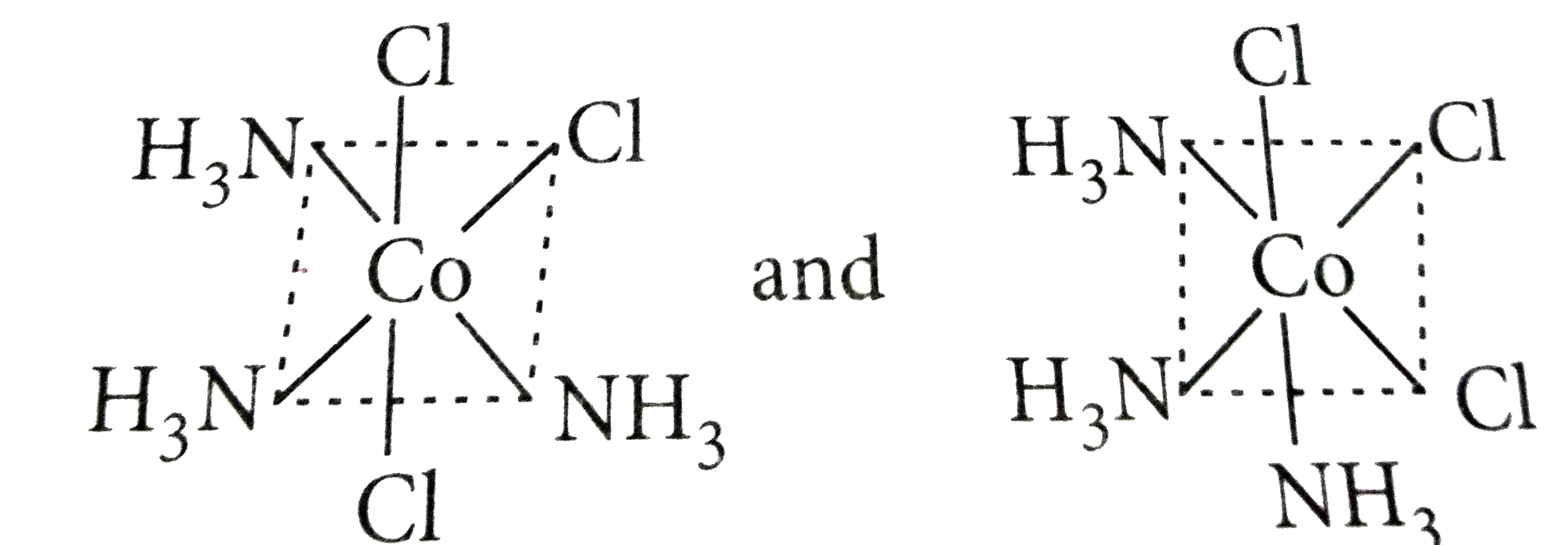 C
C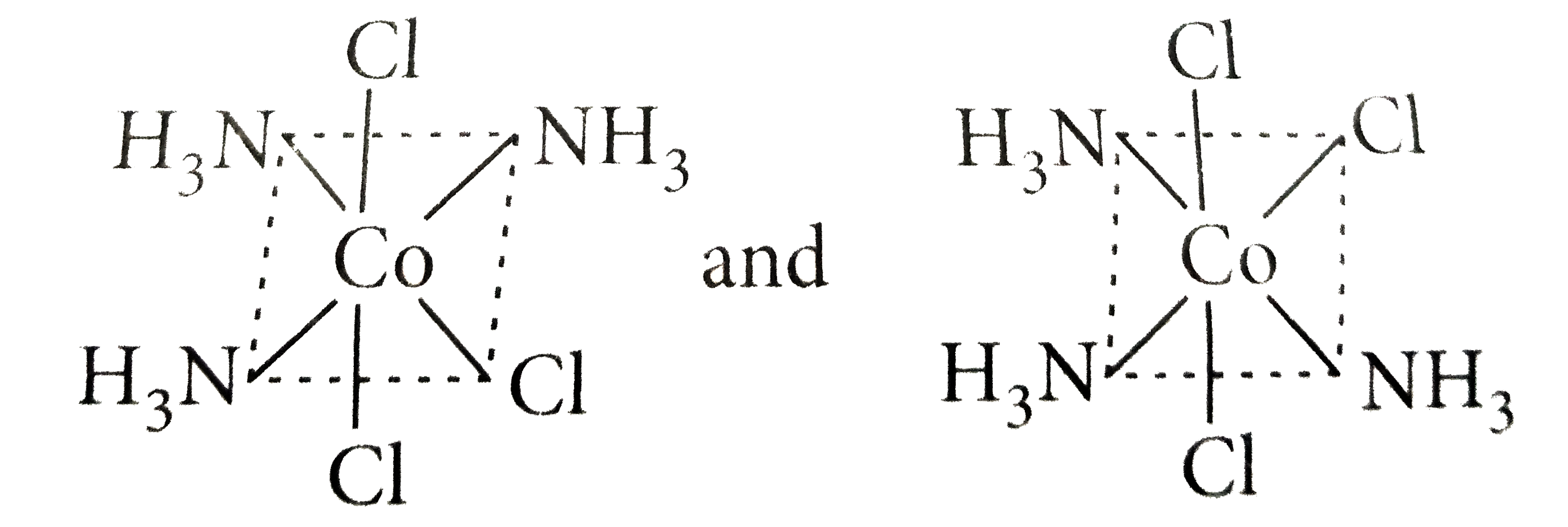 D
D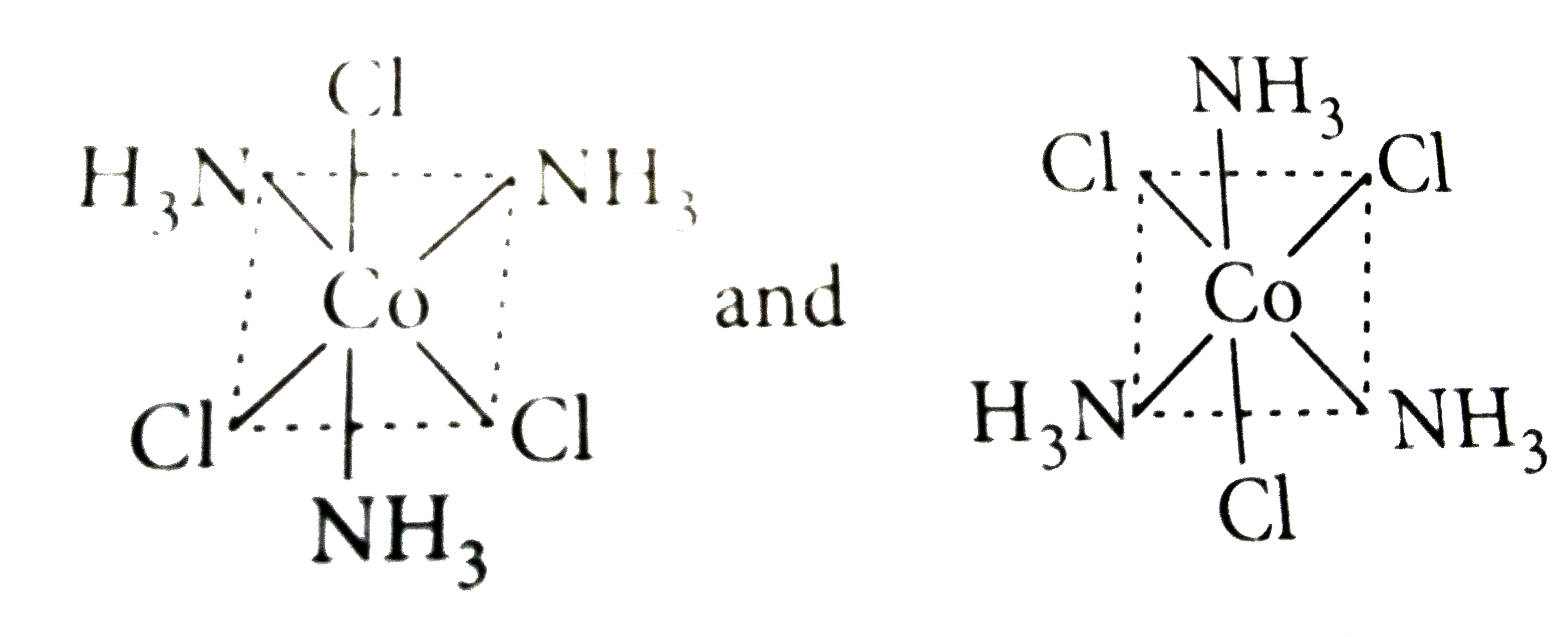
Which of the following pairs of structures represents facial and meridional isomers (geometrical iosmers) respectively ?
A B
B C
C D
D
Which of the following pairs is iso-structural?
ABO3−3 and SO2−3BNO+2 and CO2CHNC and SnCl2DSnCl−3 and SO3
Which of the following pairs of structures is homologous?
View SolutionWhich of the following pairs are iso-structural ?
View SolutionWhich of the following pairs are iso-structural ?
View SolutionWhich of the following pairs of structures fo not represent isomers?
View SolutionWhich of the following pairs of structures fo not represent isomers?
View Solution

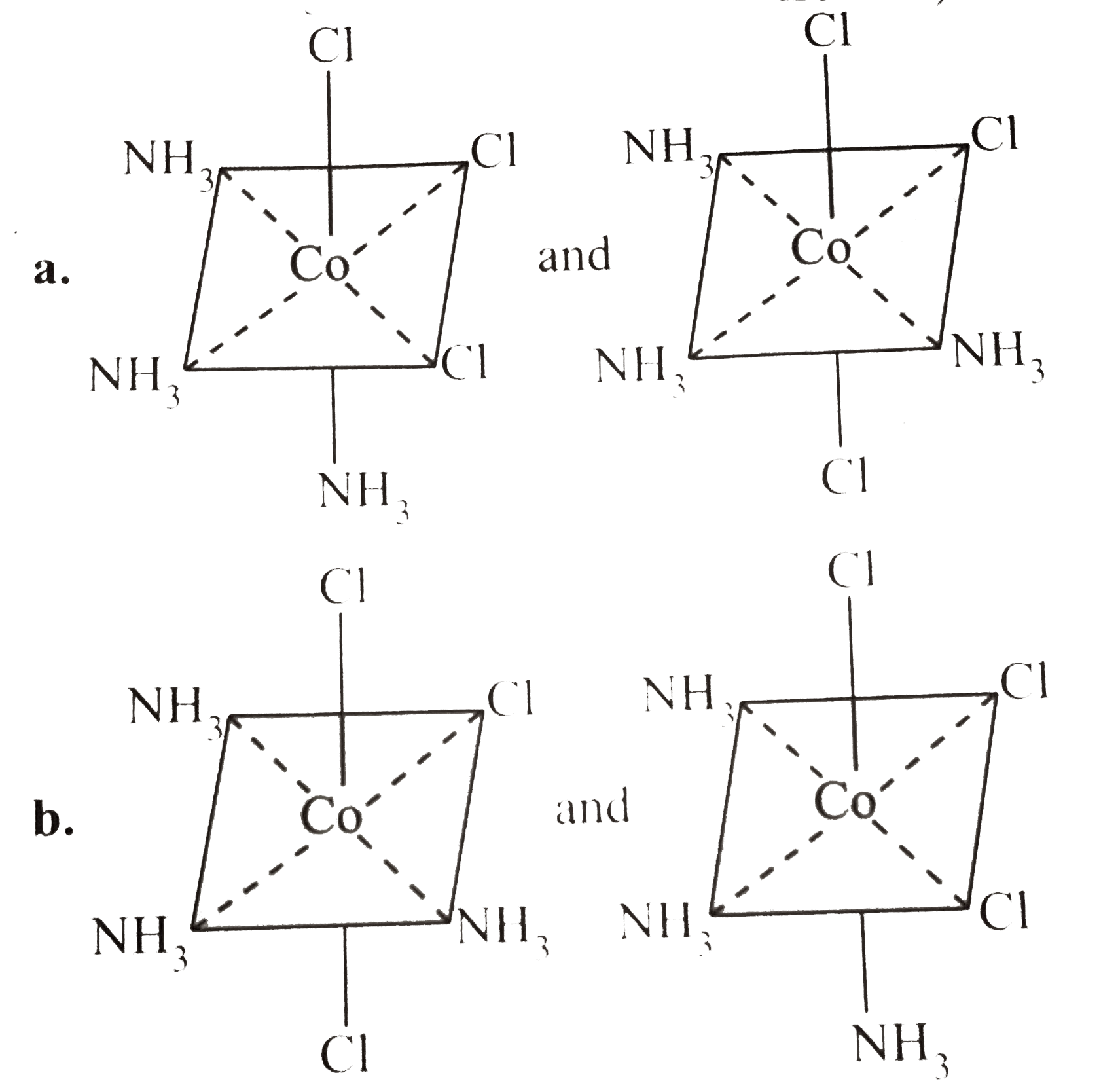
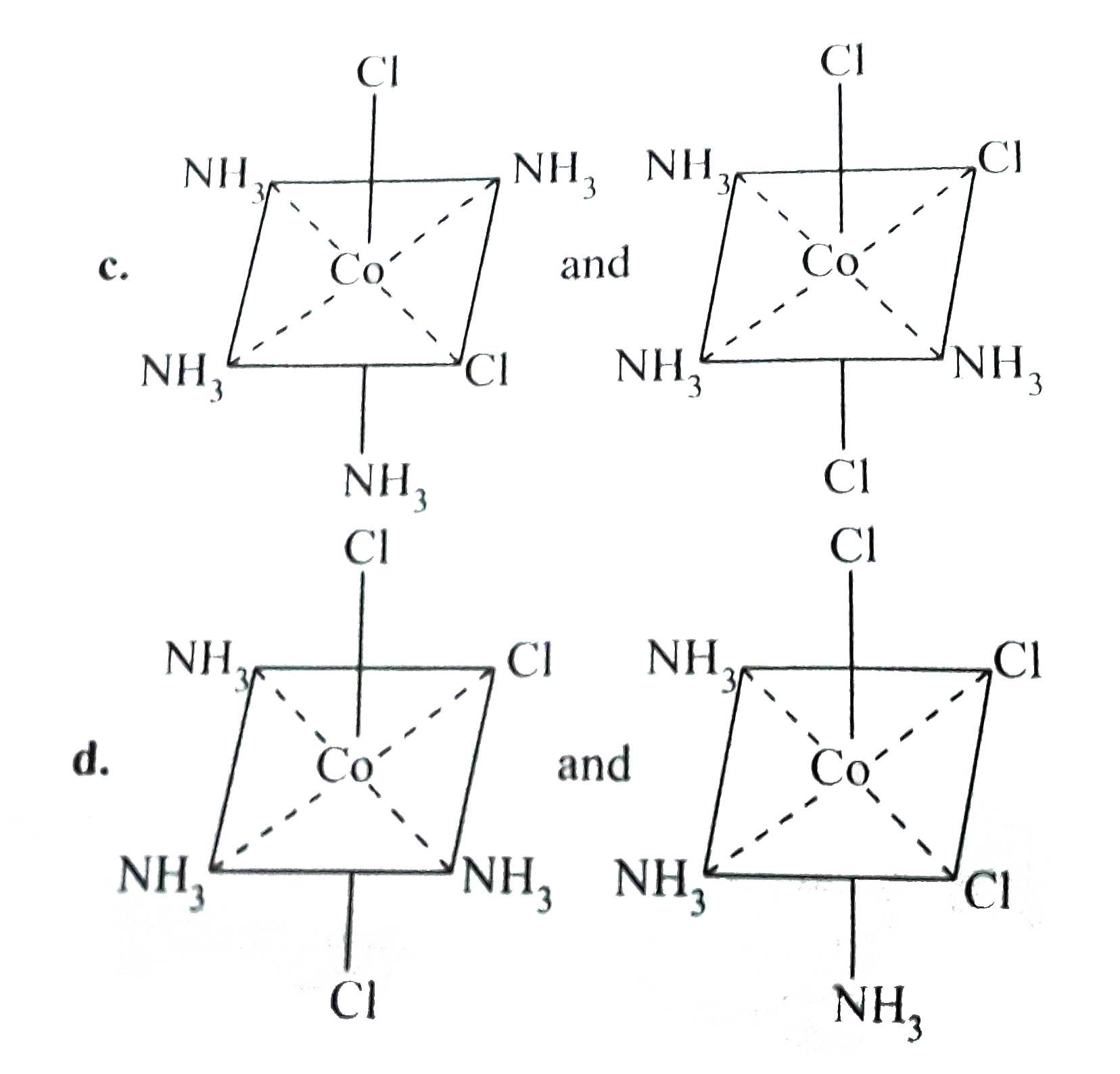 .
.